Time Period: Louisiana Purchase through Early Statehood (1803 - 1860)
aka: Abby Guy v. William Daniel
Hackett, Nelson
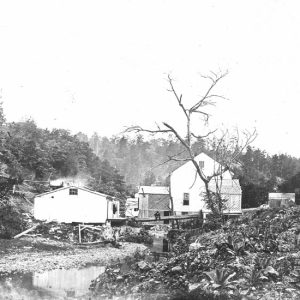 Hale Bath House
Hale Bath House
Hall, David
Harding, Dexter
 Dexter Harding
Dexter Harding
 Dexter Harding
Dexter Harding
 Dexter Harding's Tombstone
Dexter Harding's Tombstone
Harmonial Vegetarian Society
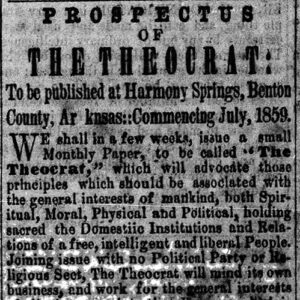 Harmonial Vegetarian Society's Theocrat Announcement
Harmonial Vegetarian Society's Theocrat Announcement
Harris, Carey Allen
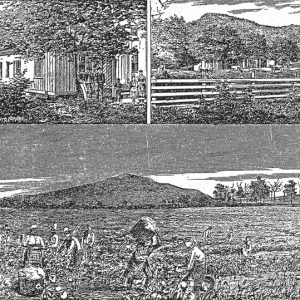 Hawkstone Plantation
Hawkstone Plantation
Heckaton
Henry’s Chapel
 Henry's Chapel Marker
Henry's Chapel Marker
Hickman [Steamboat]
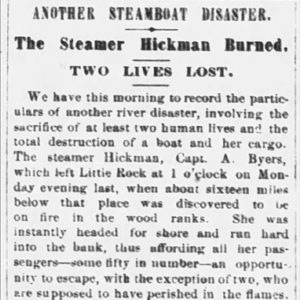 Hickman Steamboat Article
Hickman Steamboat Article
Hinderliter Grog Shop
Hogan, Edmund
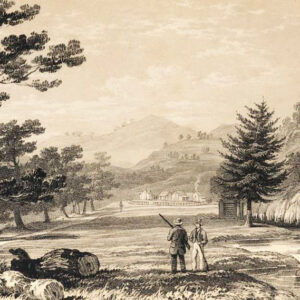 Hot Springs, Early Nineteenth Century
Hot Springs, Early Nineteenth Century
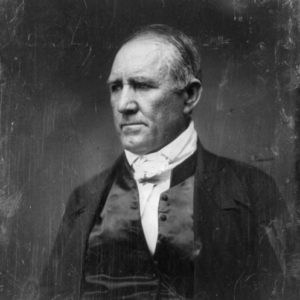 Sam Houston
Sam Houston
Houston, Sam
Hudson-Grace-Borreson House
aka: Hudson-Grace-Pearson House
Hudson-Jones House
Hughes, Green B.
Hunter-Dunbar Expedition
aka: Dunbar-Hunter Expedition
Hunter, Andrew
Indian Removal
Izard, George
 George Izard
George Izard
J. Wilson [Steamboat]
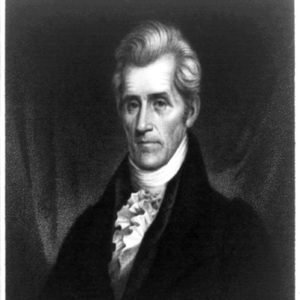 President Andrew Jackson
President Andrew Jackson
Jacob Wolf House
James C. Tappan House
aka: Tappan-Pillow House
James E. M. Barkman House
Jean Laffite’s Espionage Mission
Jefferson County Lynching of 1857
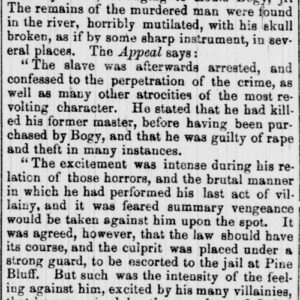 Jefferson County Lynching of 1857
Jefferson County Lynching of 1857
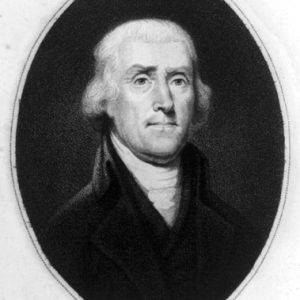 Thomas Jefferson
Thomas Jefferson
Jeffery Cemetery
Jeffery, Jehoiada
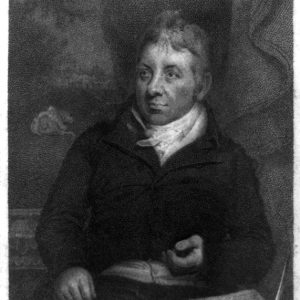 Edward Jenner
Edward Jenner
John Adams [Steamboat]
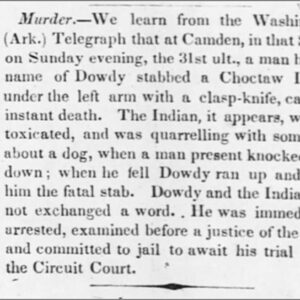 John Dowdy Execution Article
John Dowdy Execution Article
John, Mary
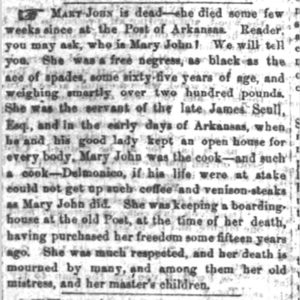 Mary John Death Notice
Mary John Death Notice
 Johnson Lawsuit Story
Johnson Lawsuit Story
Johnson, Benjamin
 Benjamin Johnson
Benjamin Johnson
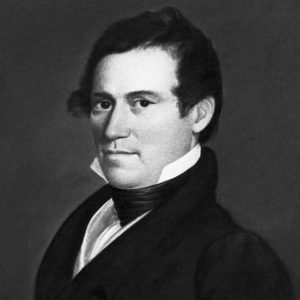 Benjamin Johnson
Benjamin Johnson




